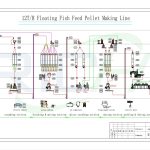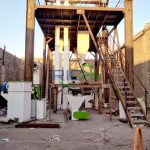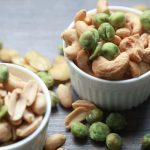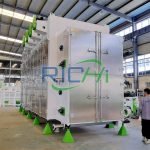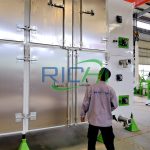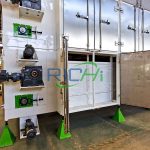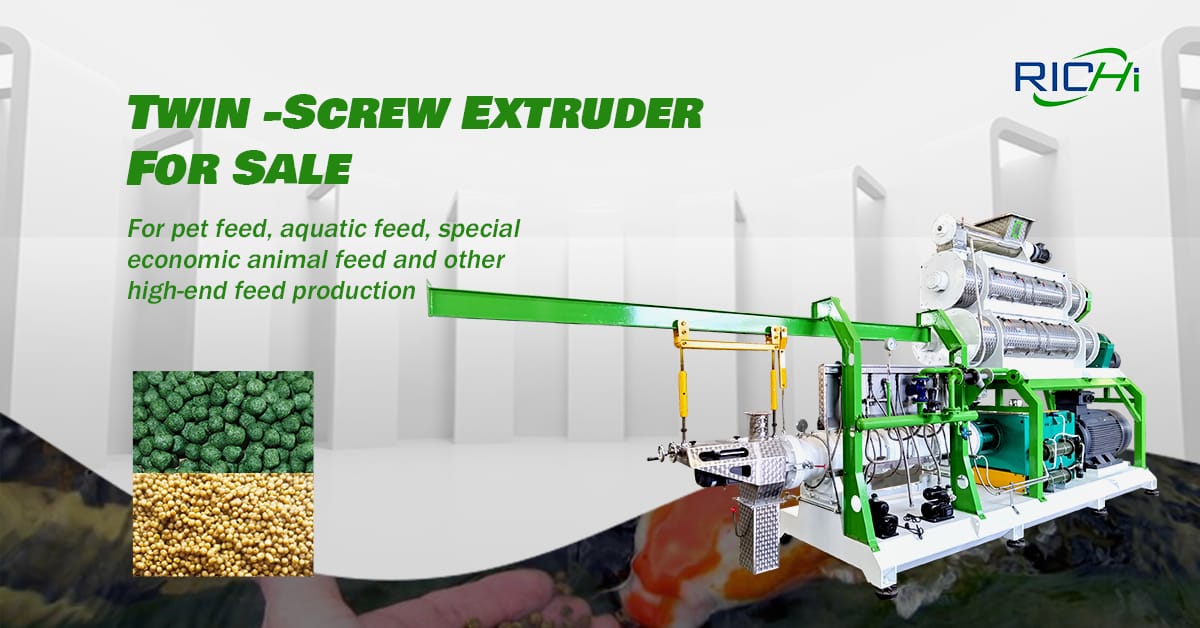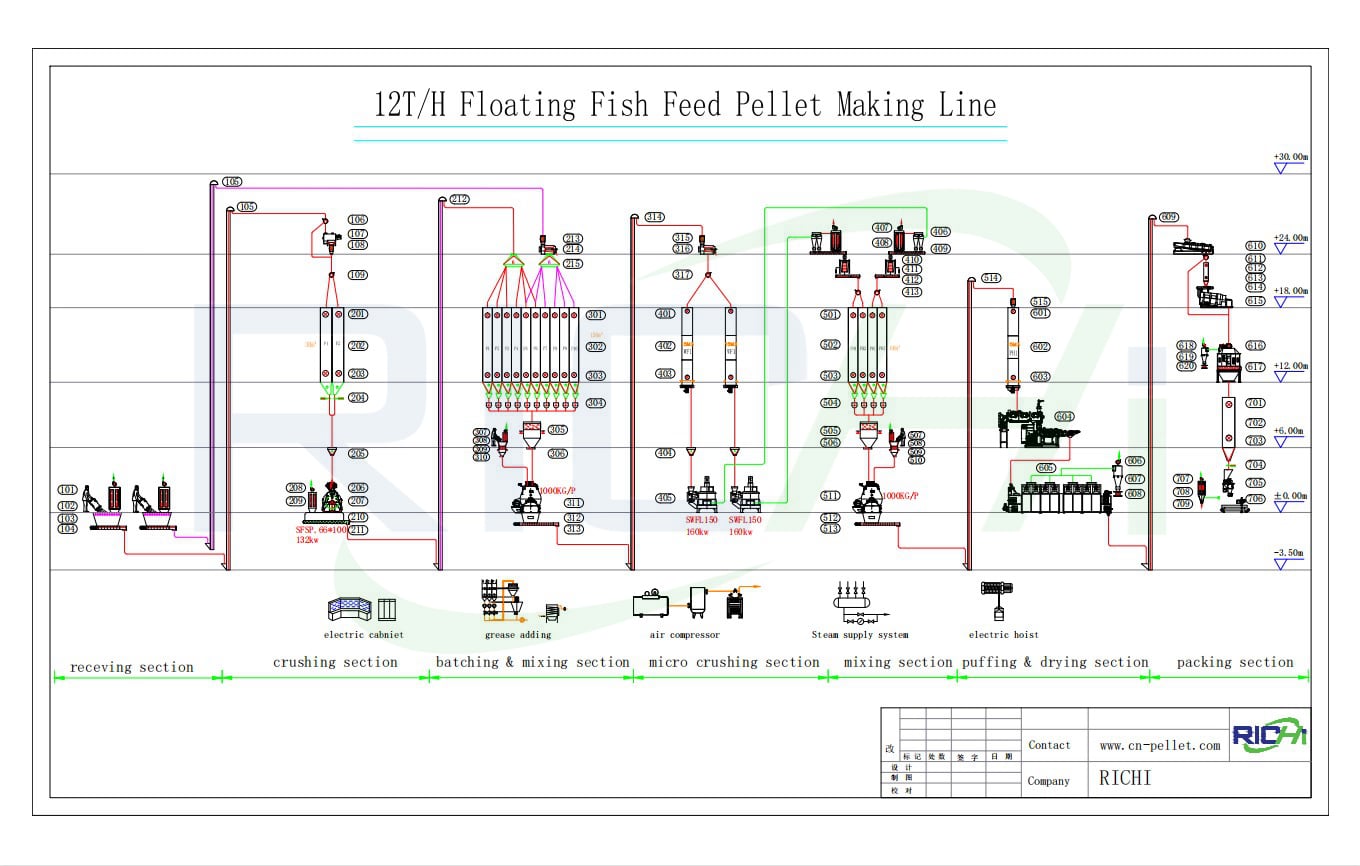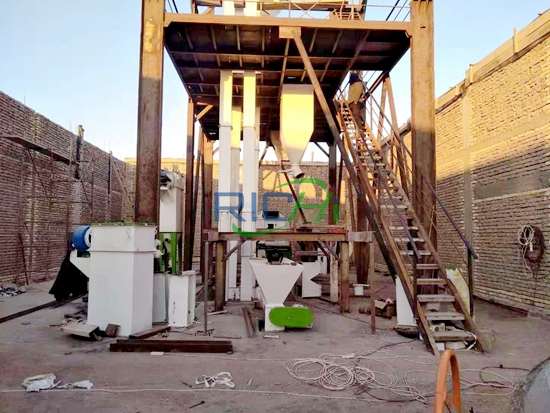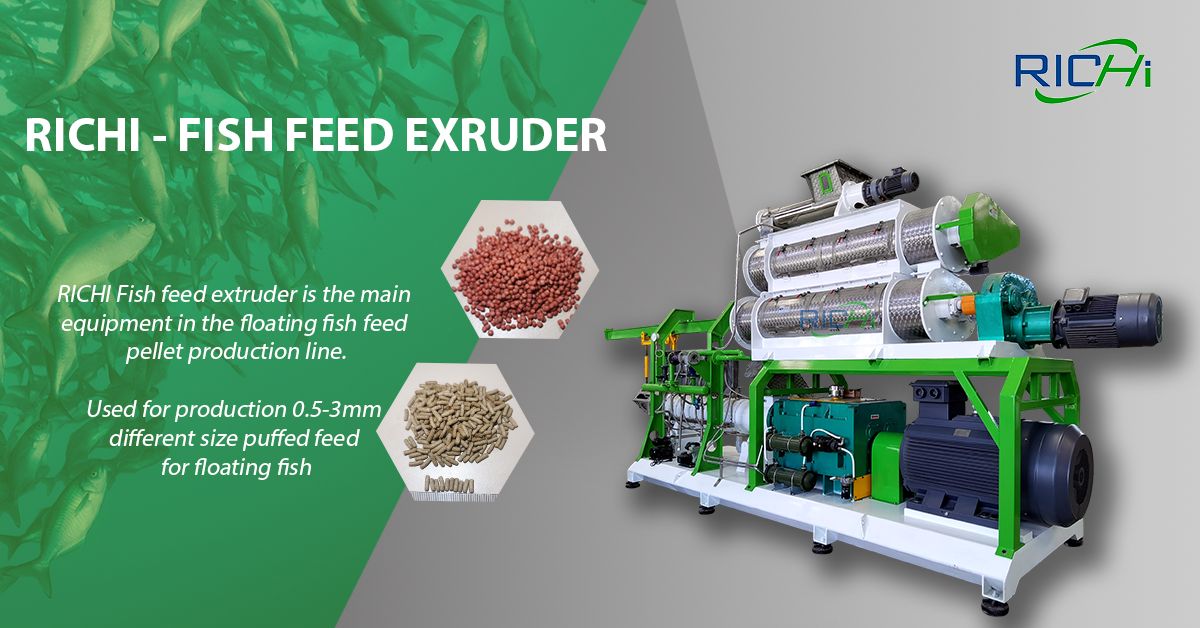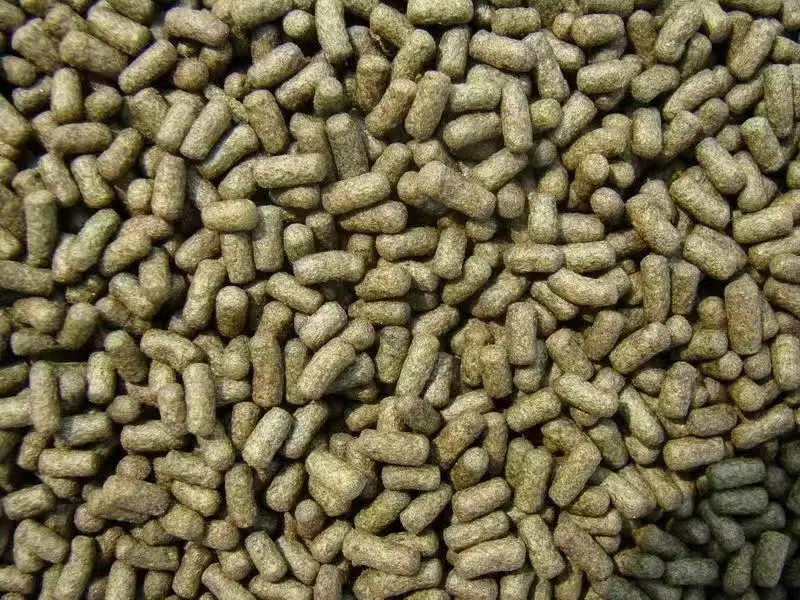Fish feed pellet making machines are primarily designed for aquaculture feed production. However, a common question in the animal feed industry is whether these machines can also process livestock and poultry feed.
The answer is yes, with some considerations and modifications, many fish feed pellet making machines can indeed process livestock and poultry feed. This article explores the capabilities of these machines in processing non-aquatic animal feeds, the adaptations required, and the potential benefits and limitations of using fish feed equipment for terrestrial animal feed production.
Capabilities of Fish Feed Pellet Making Machines
Fish feed pellet making machines possess several features that make them potentially suitable for processing livestock and poultry feed:
- Extrusion Capability:
- Many fish feed machines use extrusion technology, which is also beneficial for certain livestock and poultry feeds.
- Temperature Control:
- Precise temperature control during processing is crucial for both aquatic and terrestrial animal feeds.
- Moisture Management:
- The ability to adjust moisture content is important for all types of animal feed production.
- Pellet Size Variation:
- Fish feed machines can often produce pellets of various sizes, which is also necessary for different livestock and poultry species.
- Ingredient Flexibility:
- These machines can typically handle a wide range of ingredients, many of which are common in both aquatic and terrestrial animal feeds.
Types of Fish Feed Pellet Making Machines
Different types of fish feed pellet making machines have varying levels of suitability for livestock and poultry feed production:
- Dry Type Fish Feed Extruder:
- Can be adapted for some types of livestock and poultry feed, particularly for smaller operations.
- Wet Type Fish Feed Extruder:
- More versatile and can often be used for a wider range of livestock and poultry feeds with proper adjustments.
- Twin-Screw Extruder:
- Highly adaptable and can process a variety of feed types, including many livestock and poultry feeds.
- Ring Die Pellet Mill:
- Well-suited for livestock and poultry feed production, as it’s commonly used in both aquatic and terrestrial feed industries.
- Flat Die Pellet Mill:
- Can be used for both fish and terrestrial animal feeds, particularly in smaller-scale operations.
Adaptations Required for Livestock and Poultry Feed Production
While fish feed pellet making machines can process livestock and poultry feed, some adaptations may be necessary:
- Die Configuration:
- Different die sizes and configurations may be needed for various livestock and poultry feed types.
- Conditioning Process:
- Adjustments to the conditioning process may be required to suit the specific needs of livestock and poultry feeds.
- Cooling System:
- The cooling process may need modification, as livestock and poultry feeds often require different cooling parameters than fish feed.
- Formulation Adjustments:
- Feed formulations will need to be adapted to meet the nutritional requirements of livestock and poultry.
- Processing Parameters:
- Temperature, pressure, and retention time may need adjustment for optimal livestock and poultry feed production.
Types of Livestock and Poultry Feed That Can Be Processed
With proper adaptations, fish feed pellet making machines can potentially process various types of livestock and poultry feed:
- Cattle Feed:
- Including dairy and beef cattle formulations
- Poultry Feed:
- For broilers, layers, and other poultry species
- Swine Feed:
- Various formulations for different growth stages
- Sheep and Goat Feed:
- Both maintenance and production feeds
- Horse Feed:
- Including performance and maintenance formulations
- Rabbit Feed:
- Pellets for commercial and pet rabbit nutrition
Benefits of Using Fish Feed Machines for Livestock and Poultry Feed
Using fish feed pellet making machines for livestock and poultry feed production can offer several advantages:
- Versatility:
- Ability to produce multiple types of animal feed with a single machine
- Cost-Effectiveness:
- Potential for reduced equipment costs for facilities producing both aquatic and terrestrial animal feeds
- Space Efficiency:
- Compact solution for operations with limited space
- Technological Crossover:
- Advanced features in fish feed machines may benefit livestock and poultry feed production
- Experimentation:
- Allows for easier experimentation with new feed formulations across different animal types
Limitations and Challenges
While fish feed pellet making machines can be adapted for livestock and poultry feed, there are some limitations and challenges:
- Capacity Constraints:
- Some fish feed machines may have lower production capacities compared to dedicated livestock feed equipment
- Wear and Tear:
- Processing different feed types may lead to increased wear on machine components
- Regulatory Compliance:
- Ensuring compliance with different feed regulations for aquatic and terrestrial animals
- Optimization Challenges:
- Achieving optimal efficiency for all feed types may be difficult
- Cross-Contamination Risks:
- Careful cleaning and management are necessary when switching between aquatic and terrestrial feed production
Case Studies and Industry Examples
Several cases demonstrate the successful use of fish feed equipment for livestock and poultry feed:
- A small-scale farm in Asia reported using a single twin-screw extruder to produce both fish and poultry feed, reducing equipment costs and improving operational flexibility.
- A feed mill in South America adapted its wet type fish feed extruder to produce specialty horse feed, leveraging the machine’s precise control over gelatinization for improved feed digestibility.
- A research facility in Europe used a versatile fish feed pellet making machine to conduct comparative studies on nutritional formulations across aquatic and terrestrial species.
Industry Trends
The use of fish feed pellet making machines for livestock and poultry feed aligns with several industry trends:
- Increasing demand for flexible, multi-purpose feed production equipment
- Growing interest in cross-species nutritional research and feed formulation
- Emphasis on cost-effective solutions for small to medium-scale feed producers
Conclusion
Fish feed pellet making machines can indeed process livestock and poultry feed, offering a versatile solution for animal feed production. While these machines are primarily designed for aquaculture feed, their core capabilities in extrusion, temperature control, and pellet formation make them adaptable for various animal feed types.
However, using fish feed equipment for livestock and poultry feed production requires careful consideration of the necessary adaptations, potential limitations, and regulatory compliance. For operations considering this approach, it’s crucial to assess the specific requirements of the intended feed types and consult with equipment manufacturers to ensure proper modifications and optimal performance.
The ability to process both aquatic and terrestrial animal feeds with a single machine can offer significant advantages in terms of versatility, cost-effectiveness, and operational flexibility. As the animal feed industry continues to evolve, with increasing emphasis on efficiency and adaptability, the multi-purpose use of feed production equipment like fish feed pellet making machines may become more common, particularly for smaller operations or those looking to diversify their feed production capabilities.
Ultimately, while fish feed pellet making machines can be a viable option for processing livestock and poultry feed, the decision to use them for this purpose should be based on a thorough evaluation of production needs, equipment capabilities, and long-term operational goals.
